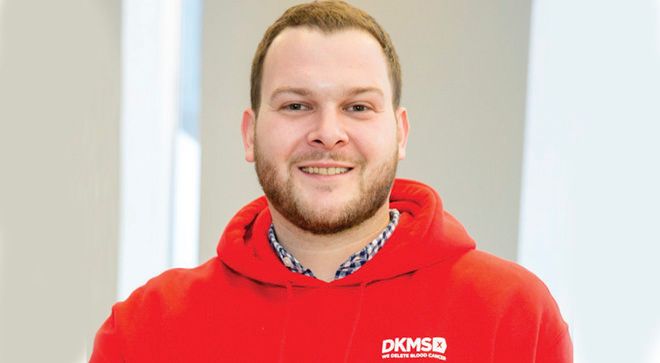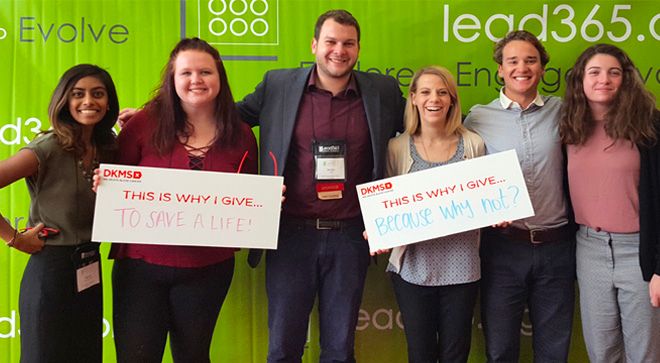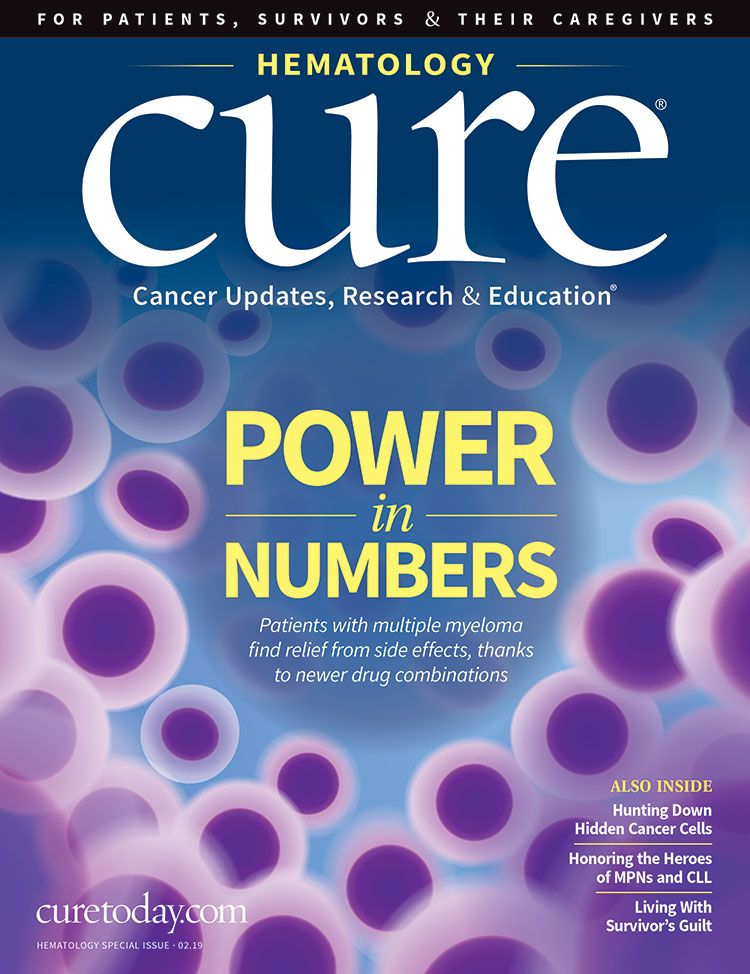Publication
Article
CURE
Stem Cell Donation: The Circle of Life
Author(s):
Following a stem cell donation through an international organization, one man works to recruit others to help save lives.
In 2010, while finishing up his sophomore year at St. John’s University in Queens, New York, Jordan Segal signed up to be a bone marrow donor to help a friend who was running a drive. Segal now admits he had no idea what placing his name on that list truly meant.
Fast-forward a year to when Segal, then 21, received a life-changing phone call: He was a potential match. “That’s kind of when reality sunk in,” Segal said in an interview with CURE®. “Because I made the decision and didn’t think much of it, suddenly it became a much bigger choice.”
He asked for time to think it over. “I started doing research and got a little nervous because I saw stuff about bone marrow and I had misconceptions,” he said. “I thought it would be super painful.”

Hours after Jordan Segal donated his stem cells on Christmas Eve 2011, the recipient received his transplant.
With some advice from his mom, a nurse manager of an oncology unit in Rhode Island, Segal chose to donate his stem cells. Before he could undergo the procedure, Segal had blood drawn to make sure he was healthy and the best match. Four days before the stem cell retrieval, Segal was injected with a synthetic protein to help boost the amount of stem cells in his blood. On Christmas Eve 2011, with his mother and grandmother by his side, he donated his stem cells, an outpatient process that lasted eight hours. “I felt like I had to step up,” Segal says. “It was an experience that humbled me and made me focus on how I can contribute to my community.”
That experience changed the course of his life. Segal now works for DKMS, an international nonprofit organization dedicated to fighting blood cancer and blood disorders. As a recruiter, he feels he is making a difference and creating hope for people in need of a lifesaving transplant. Founded nearly 30 years ago by Peter Harf, Ph.D., when he lost his wife to leukemia, DKMS has registered more than 8 million potential donors worldwide. The organization focuses on quality over quantity when recruiting potential donors. “We try to educate people and help them understand what they are signing up for,” he said.

Segal along with members of DKMS College Ambassadors attend a conference in Orlando, Florida.
Segal is also part of the patient engagement team that determines where the organization can support patients with their particular needs. For example, he worked on a project that created Sunny the Bear to visit sick children and help them better understand what they were about to go through.
“Finding a match at one particular drive is rare, but it’s about the collective whole,” Segal said. “While one drive is happening, so are others all over, and a potential match may be found there.”
Although he has never met the man whose life he saved, Segal received a letter from him two years after the donation. He learned that the man was a fit 50-something retiree who had been traveling and working with charities when he received a leukemia diagnosis. Hours after Segal donated his stem cells, they were transferred to the recipient, who experienced infections for about six months after the transplant. He was now doing well, he wrote, and planned to resume his travel plans.
“He thanked me for giving him his life back,” Segal recalled. “At the end of the day, I didn’t do it for recognition or gratitude — I did it for the sake of humanity.”






